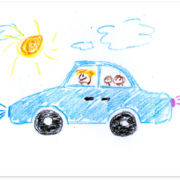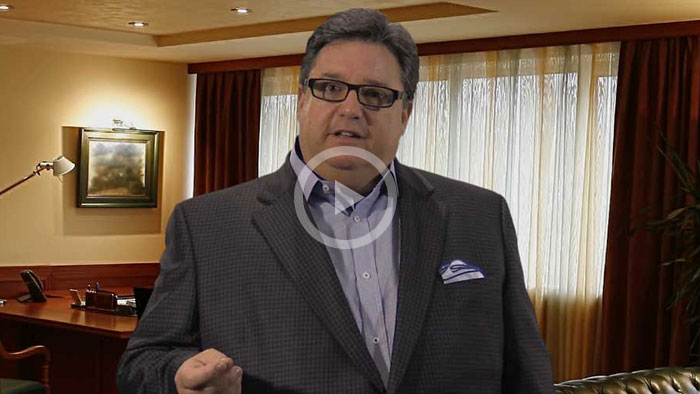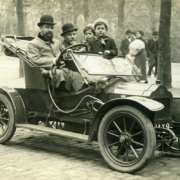Cover My Ride(Auto Insurance)
Auto Insurance
Getting around is the biggest challenge of living in California. From the time the training wheels come off, choosing the right vehicle is tough. Finding the right auto insurance is a close second. Whether you have chosen a hot rod or a hybrid, we, the agents at Conrey Insurance Brokers, know exactly how to protect you and your wheels. If you are seeking the solution that protects you, your rod, and those around you, we are the ones you want.
Motorcycle Insurance
From the time you were young you probably always had that streak that refused to conform. Believe it or not… we get it! Jerry Conrey rides an Indian! He knows the love of the open road and the freedom of the wind in his face. Motorcycle insurance is quite a specialty. It is critical to make sure that you are covered properly. Even if you are a very cautious rider, accidents can happen. We will make sure you and your ride are adequately covered.
COVER MY TOYS
RV & Off-Road Vehicle Insurance
California has all the places to roam – deserts, mountains, forests and beaches. Within a couple of hours’ drive, you can find almost any kind of terrain to play on… and have the toys necessary to enjoy it! You have to be properly insured for whatever fun you have in mind. Whether you are “glamping” in a beautiful coach, or “crawling” in a tricked-out Jeep, you need to be covered in case of an accident. We know what’s necessary to put together the right insurance solution for you, so your “fun” is covered.
Watercraft Insurance
With all the beaches, lakes and waterways, the many yachts, boats and all manner of watercraft are prevalent in California. Beginning with the wind-up and or remote-controlled varieties from an earlier time, those fortunate enough to have worked hard and achieved their goals now have a sizeable asset to insure. We fully understand what it takes to earn these “toys,” and then to find the time to enjoy them. Your watercraft needs to be protected appropriately and at a reasonable cost. We will ensure that you can truly relax in the knowledge that you are properly insured.
Aircraft Insurance
Your first aircraft may have been folded from paper. For some, the dream has been fulfilled after hours of study, practice and licensing. We insure all aspects of flight, whether personally or corporately owned, we have solutions to insure the pilot and the craft – whether in flight or parked in the hangar. The saying may be “the sky’s the limit,” but when it comes to insuring aircraft and pilots, we have down to earth solutions that you can truly rely upon.
4 out of 5 clients are referrals. Find out why…
8 Ways to Save on Auto Insurance
When purchasing a new motor vehicle there are many factors that you must consider to make the right purchase. One of these huge factors is getting the right Insurance coverage for your vehicle that is both cost effective and has the right coverage for your. These tips will help you save on your Auto Insurance.
At Conrey Insurance we want to ensure that you know the risks of a car. To speak with a member of the Conrey Team, call (877) 450-1872 or contact us and experience The Conrey Difference for yourself.
Dangers of Driving Distracted
This commercial driver safety video highlights the dangers and types of distracted driving. There are various forms of distracted driving some of which you may not even notice yourself doing. Watch this video to learn more about the different distractors you face while driving.
At Conrey Insurance we want to insure that you know the dangers of being distracted while you are driving. To speak with a member of the Conrey Team, call (877) 450-1872 or contact us and experience The Conrey Difference for yourself.
Common Exposures of Ride-sharing Apps
While the popularity of ride-sharing apps is increasing, so is the host of risks associated with using them. This article mentions the common exposures of ride-sharing apps as well as safety tips for passengers. If you commonly use ride-sharing apps or know people who do, this article provides insight on how to have the best experience possible.
At Conrey Insurance we want to insure that you know what the risks are of using ride-sharing apps like Uber and Lyft. To speak with a member of the Conrey Team, call (877) 450-1872 or contact us and experience The Conrey Difference for yourself.
What to do after a Motor Vehicle Accident
A motor vehicle collision can be a stressful experience for everyone involved. Use this form to learn what to do following an accident and what types of information to record.
At Conrey Insurance we want to insure that you know what to do in the aftermath of an accident. To speak with a member of the Conrey Team, call (877) 450-1872 or contact us and experience The Conrey Difference for yourself.









